Is it a good idea to study in China?
https://www.istudy-china.com/ Since, I have recently gone through this journey of test preparation – SAT, AP & TOEFL and finally got admitted to UC Berkeley starting in Fall 2022, I consider myself eligible to answer this question. I scored 1550 on SAT and 5/5 in AP Physics C. I am sharing my journey of college admission preparation, which will help you understand the role of SAT preparation institutes. The SAT is an aptitude test which requires tricks and strategies to solve questions quickly and correctly. I started doing some mock tests to analyse which areas I was lagging behind in. Once I did a few tests, I got to know where I stood and hence, I needed the help of an expert to further increase my score. I joined Masterclass Space, as this academy is completely online so it saved my travel time. It is known for quality results and top-notch faculty from IITs, IIM & BITS-Pilani. These are Ivy leagues and elite institutes of India and have acceptance rates of less...
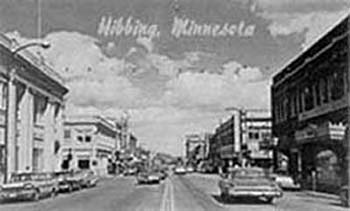
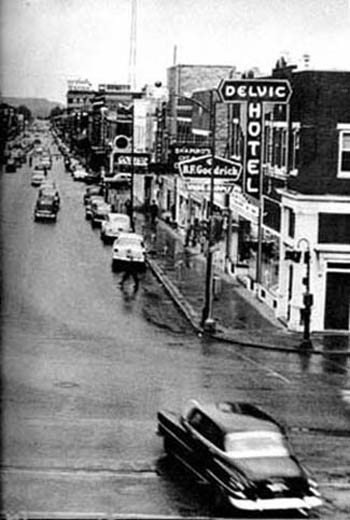
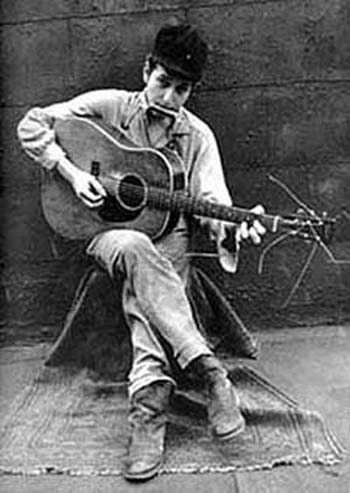
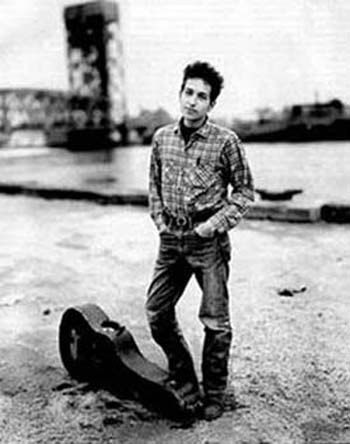
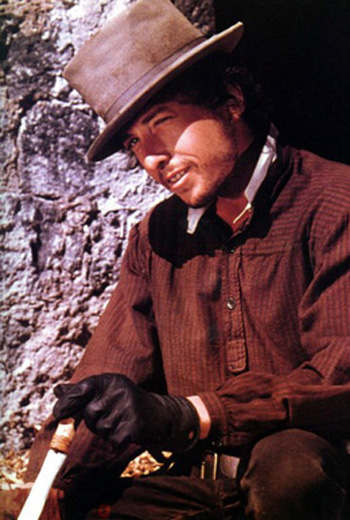
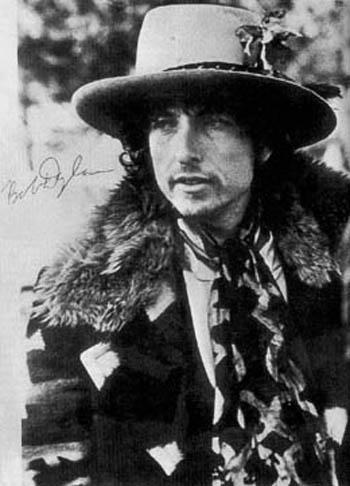
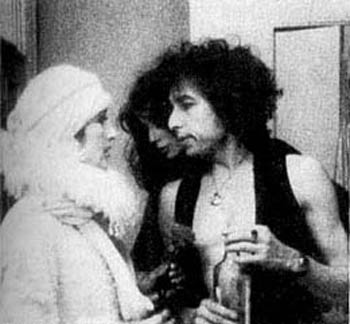
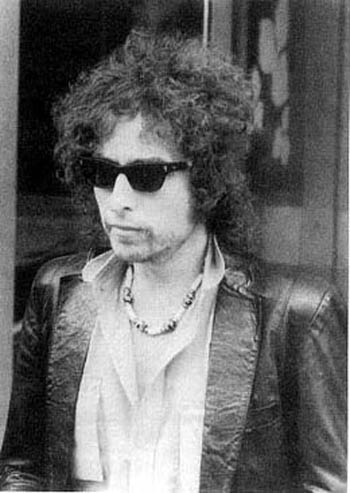


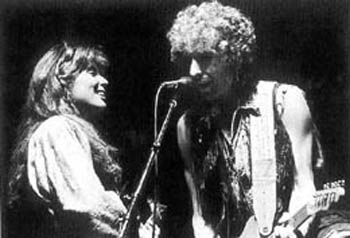
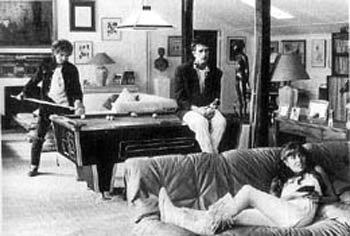

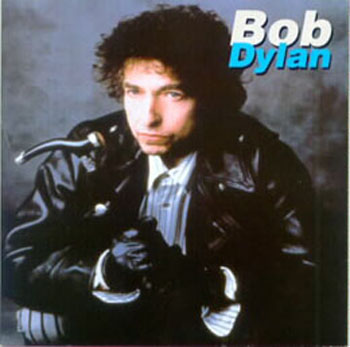
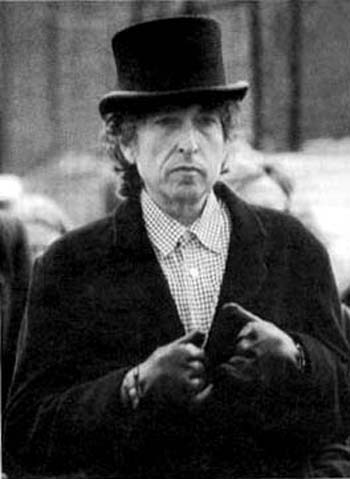

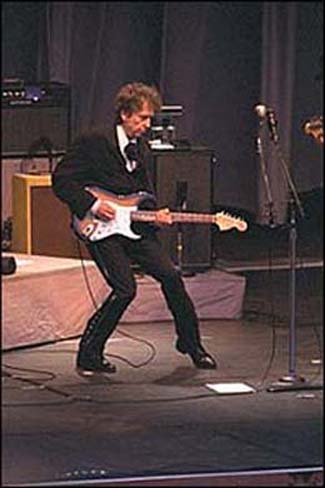

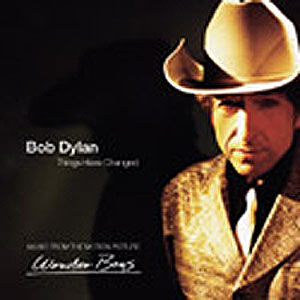
Comments
Post a Comment